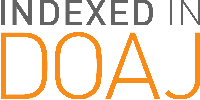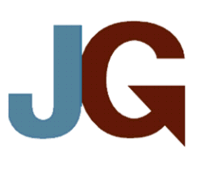Vol. 14, No. 1, 16-24, 2015
Charles Beumier, and Mahamadou Idrissa
Abstract
A Digital Terrain Model (DTM) is typically used in applications such as environment planning, flood risk evaluation and building detection. A Digital Surface Model (DSM) is usually acquired by LASER scanning or from stereoscopic pairs of aerial or satellite images. By contrast, a direct DTM acquisition traditionally requires more effort on the terrain or for scene object classification and the automatic derivation of a DTM from a DSM still faces difficulties.
We propose in this paper a new DTM from DSM approach that consists of three steps: DSM region segmentation, region selection and height interpolation. First the DSM is segmented into regions of limited slope. A gradient filter is applied to the DSM raster to highlight height transitions. A connected component algorithm labels the different regions separated by those transitions. Secondly, regions whose perimeter is on the average higher than their surrounding are discarded. Finally, a hierarchical interpolation procedure fills the holes in the DSM due to high gradients or discarded regions.
The proposed algorithm developed for urban areas has been applied to the Vaihingen dataset of the ISPRS benchmark and qualitatively validated by the results of its independent evaluation procedure for building detection. In the context of change detection for database revision, this new DTM extraction was applied to an area in Brussels for which digital aerial imagery and LIDAR measurements are available. This reference data allowed for some quantitative evaluation of the DTM errors.

History
Submitted: 05 Sept 2014
Revised: 10 Feb 2015
Accepted: 10 Mar 2015
Published:20 Mar 2015
Responsible editor: Zbigniew Bochenek
Citation
Beumier C & M Idrissa, 2015. Deriving a DTM from a DSM by uniform regions and context. EARSeL eProceedings, 14(1): 16-24
|
EARSeL European Association of Remote Sensing Laboratories, Strasbourg, France |
|
 |
BIS-Verlag |
|
Indexed in Scopus |
|
 |
DOAJ |
 |
SHERPA/RoMEO |
 |
JournalGuide |
